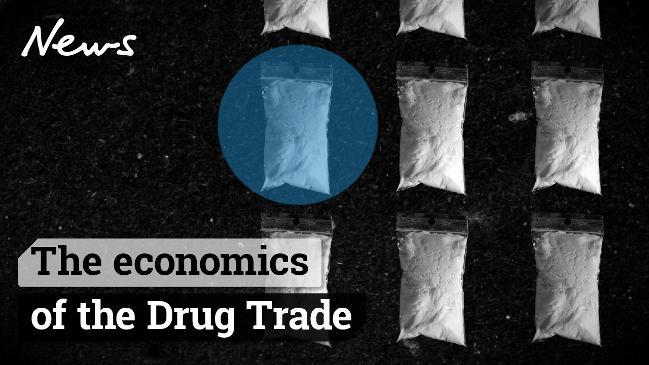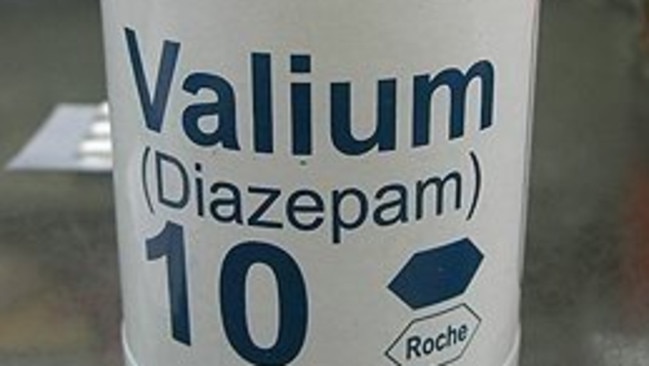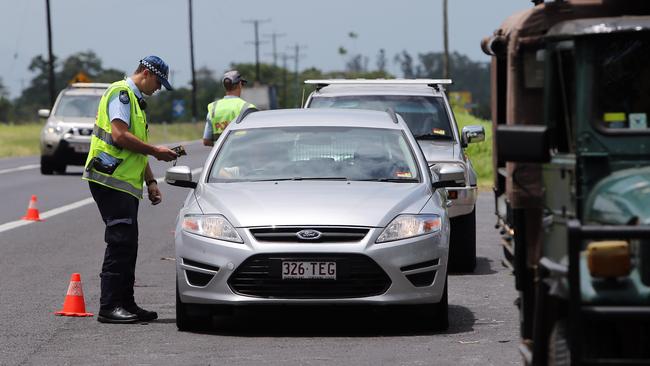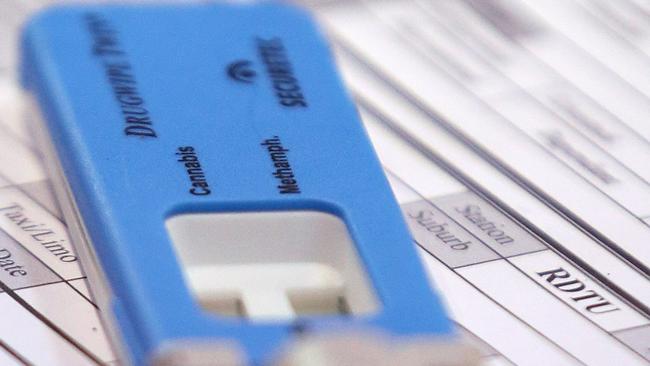It’s time to saliva test drivers for more drugs, says a leading legal expert
DRIVERS on Australian roads are able to get behind the wheel “off their heads” on certain drugs because of a legal loophole.

MOTORISTS are being allowed to drive with a cocktail of dangerous drugs in their system because of lax roadside testing laws, according to a leading legal expert.
Criminal barrister Stephen Lawrence says Benzedrine, known as benzos or “bennies”, and other prescription medications are the greatest contributor to drug-related road deaths.
However, he says drivers in New South Wales are only being tested for methylamphetamine (ice), ecstasy and cannabis in the Mobile Drug Testing (MDT) stings and he is now calling for a radical overhaul to the testing system.
“You can drive off your head on valium and you will sail through a saliva test,” said Mr Lawrence.
“I don’t think that a testing regime based on the mere presence of illicit drugs is problematic, because it deters people from making impossible judgments about when to drive following drug use.

“But, I do think the current regime can be characterised as part of the failed war on drugs, because it only focuses on illegal drugs, when other legal drugs are actually just as dangerous.”
Yesterday, the NSW Government announced it will crack down on drug drivers by strengthening laws and boosting roadside drug testing.
The measures include: doubling the number of roadside drug tests from 100,000 a year to 200,000 a year by 2020, adding cocaine to the list of drugs subject to roadside testing, increasing maximum penalties for drug drivers to two years imprisonment, fines of $5,500 and/or licence disqualification for up to five years and providing for “appropriate restrictions” on people who drive after using other drugs, in consultation with health experts.
And, the state’s Centre For Road Safety’s Executive Director, Bernard Carlon, told news.com.au that it was a misconception that those who misuse pharmaceutical drugs like painkillers or benzodiazepines cannot be caught drug driving.
“In 2016, an estimated 1150 drivers were detected driving under the influence of a drug, up approximately 40 per cent compared to 2012,” he said.
“Any driver that NSW Police suspect is impaired by drugs, whether illicit drugs like cocaine or prescription pain killers, can be arrested for blood and urine tests if police believe they are driving under the influence and they fail a sobriety assessment.”
Mr Lawrence, however, believes it’s time to test drivers who take drugs like valium as part of MDT saliva swab stings.

“In the UK and Ireland, they test for these drugs and I think it’s really important that we move in that direction here,” he said.
The legal expert argues that drug testing should be based on scientific research around drug impairment and how long the effects of drugs last for.
“It’s politically easy to monitor and penalise illicit drug users, whereas prescription medications cut a much wider swathe across the community,” Mr Lawrence said.
“If the government truly made this testing regime about road safety, all sorts of people would be affected who probably consider themselves good law-abiding people, and frankly I think the state government is scared of the political consequences.
“The state government should create a testing policy that deters illicit drug users and prescription drug users from driving when it is not safe.
“This regime should include testing for cocaine, morphine, benzodiazepines and any other drugs that the evidence tells us don’t mix well with driving.”
According to a study by Curtin and Monash universities, of Aussie road deaths between 2000-2012, 24.3 per cent of fatally injured male drivers tested positive for an illicit substance compared with 16.7 per cent of female drivers.
However, the study shows there is a big problem when it comes to legal drugs.

Opioids were the most frequently detected group of non-illicit drugs — accounting for 12 per cent of all fatalities — followed by antidepressants (7.3 per cent), benzodiazepines (5.9 per cent) and stimulants (2 per cent).
An addition, 5.9 per cent of drivers also tested positive to a diverse range of drugs to treat conditions such as heart disease, diabetes and hypertension.
Paul Mavor, a pharmacist with Medical Cannabis Research Australia, told news.com.au medical cannabis patients were being unfairly punished in roadside stings.
“In the case of medical cannabis patients, the very large majority receive very low levels of THC, the psychoactive component of the plant, and are still okay to drive,” he said.
“This effectively treats their medical condition such as pain, nausea or MS while enabling them to still function. They effectively get ‘help not high’.
“Depending on the sensitivity of the roadside test, the patient may have trace amounts of medication in [their] system but may be statistically safe to get behind the wheel. In contrast there are a lot of other drugs such as opiates that will give patients a high and impair them to drive.”
Along with announcing a raft of new measures to tackle drug driving, NSW Premier Gladys Berejiklian said the state will look into the issues around prescription drugs.
“There are prescription drugs that may significantly impair the performance of drivers,” Ms Berejiklian said.
“We need to ensure that drivers are not impaired and a risk to others on the road. We will be seeking advice from police and road safety and medical experts on the appropriate restrictions to balance the need of people taking medication and the safety of the broader community on the road.
“We know that we need to continue to be vigilant to ensure we keep our community safe on our roads. That includes ongoing assessment about the most appropriate restrictions for repeat driving offenders.”
Benjamin.graham@news.com.au or follow @bengrahamjourno on Twitter.




